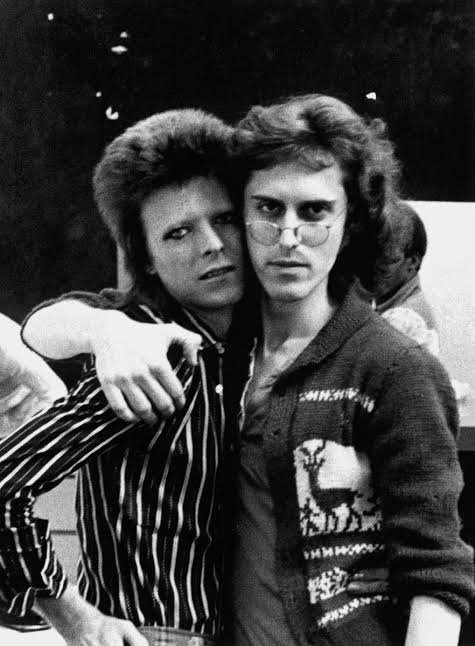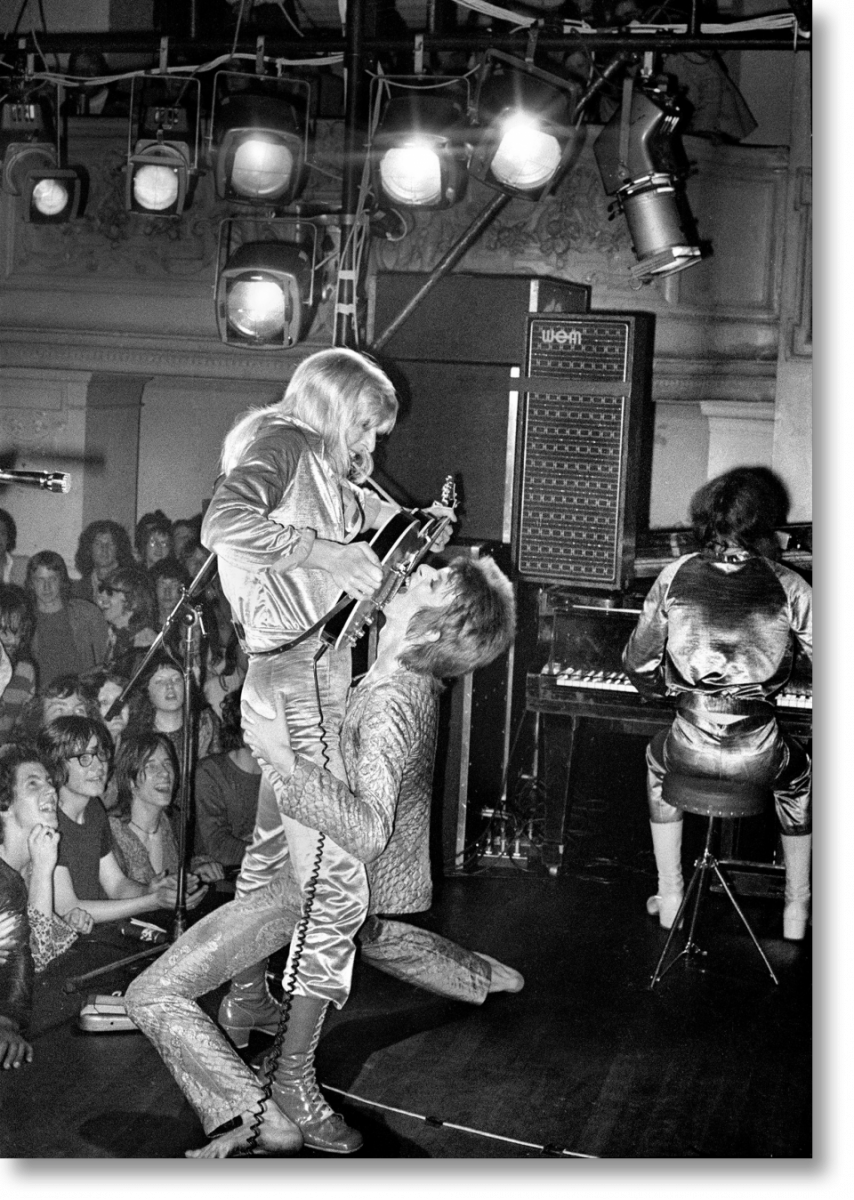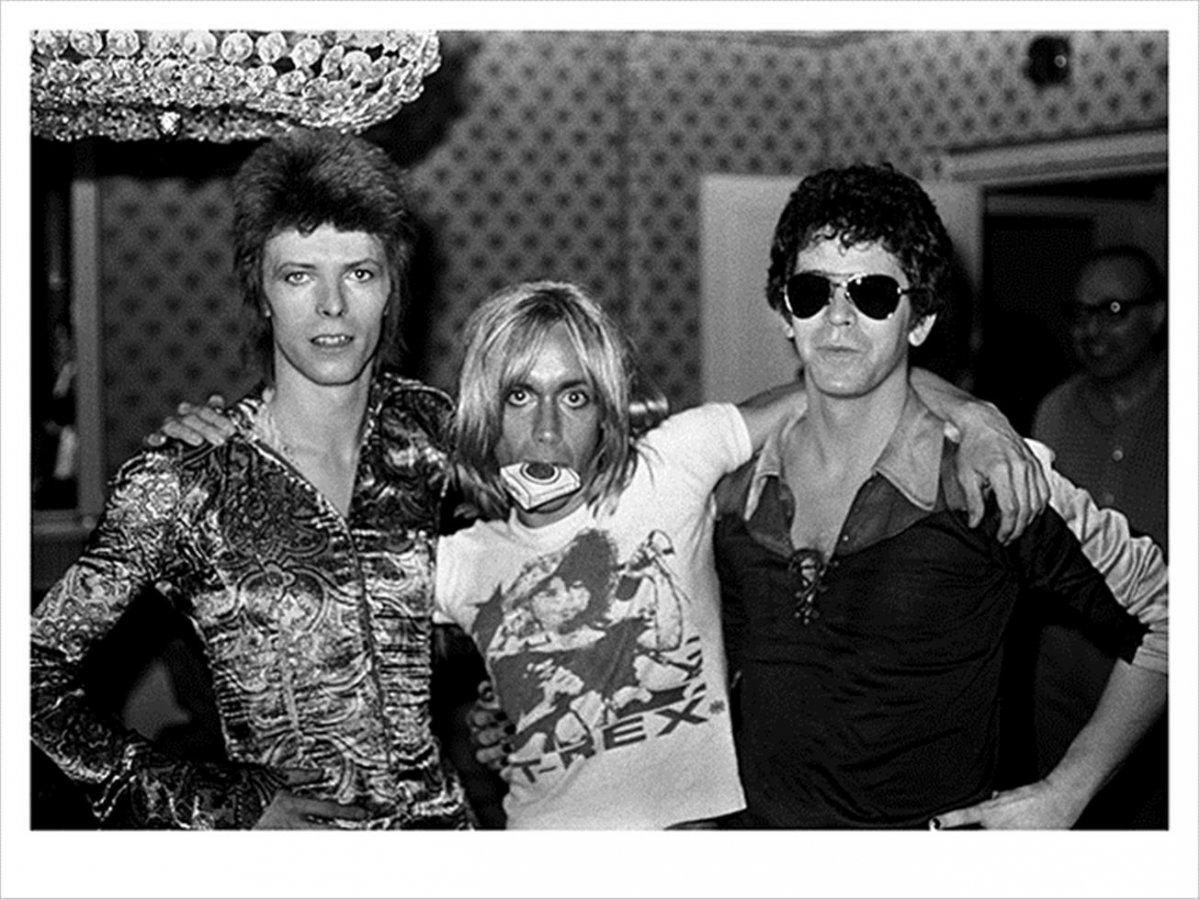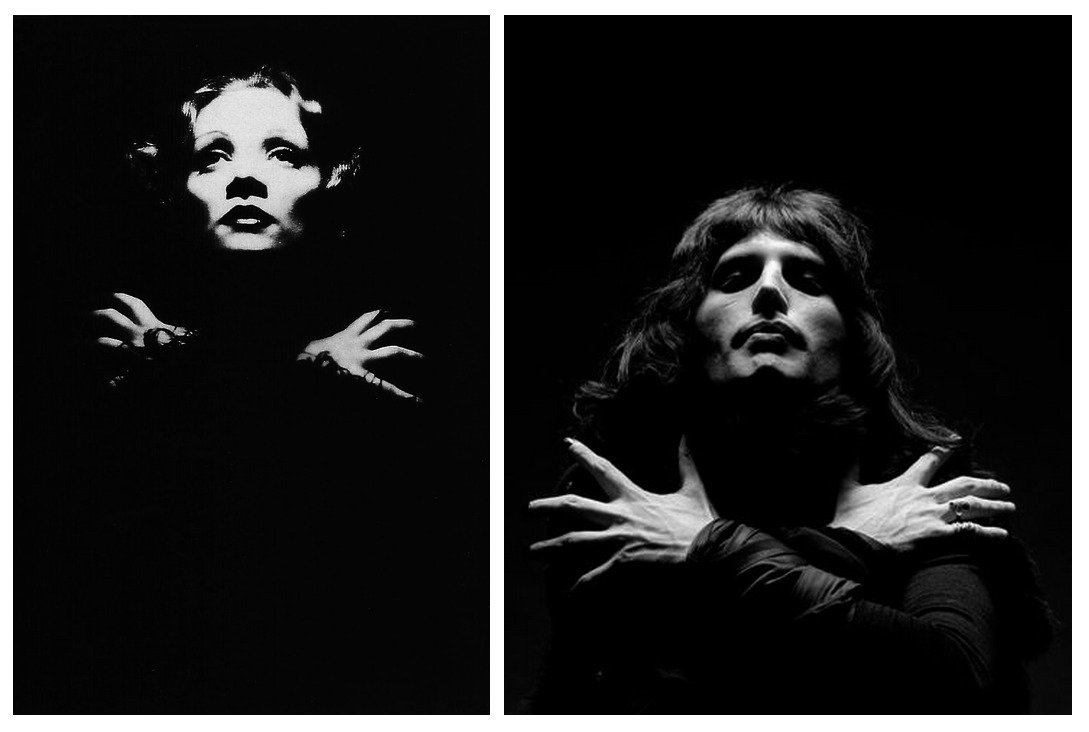Capturing Ziggy Stardust: Man Behind David Bowie’s Most Iconic Images Opens Exhibition
Thirty-six years after releasing his smash hit “China Girl,” the late great David Bowie now stars in a high profile photo exhibit in the Chinese capital. The pictures were taken by Mick Rock, who Bowie named his personal photographer during his '70s heyday. After snapping famed photos of the star British singer in the studio, at home, and onstage (including one notoriously suggestive performance), Rock went on to capture other music icons like Freddie Mercury and Queen, Debbie Harry, and Iggy Pop.
Below, Rock tells us about his Bowie exhibit at Beijing's 798 Art Space (which runs until Aug 4), outlines photos of his favorite Bowie eras, and dishes the dirt on his infamous "guitar fellatio" photo.

What made David Bowie so photogenic?
He was very fortunate in that he had great facial bone structure and looked fabulous in whatever clothes he wore. He also understood his body well. He learned all about posing from his friend, the great mime and choreographer Lindsay Kemp, who died in Rome this year.
What would David Bowie think of an exhibit dedicated to him in Beijing?
He would love it. He wanted to connect with as many people as possible, and he loved my photos of him.

What was it like to both take the famed "guitar fellatio photo," and leave people aghast while talking about it on national TV?
It was one of those magic moments. I was in the right place at the right time. David later told me that he was only trying to bite Mick Ronson’s guitar, but that the way Ronno swung his guitar forced him to go to his knees to finish the action.
We always called it the “guitar fellatio” shot so I didn’t think about it when I was interviewed on TV. I only learned about the furor later that day. Seemed pretty innocent to me!

When you look back on your photo of David Bowie, Iggy Pop, and Lou Reed together now, what springs to mind?
It was a press conference at the Dorchester Hotel in London. RCA Records had flown a bunch of American journalists to London in July 1972 to promote David’s upcoming US tour and the release of his Ziggy Stardust album. Iggy and Lou were both working on their new albums, Raw Power and Transformer and were hanging out at the conference.
Even though Iggy and Lou were still basically “underground” artists, and David’s ascent was still in its early days, it was a photo that I really wanted to take. Only later did it become one of the classic rock images. So I hustled them together. The only thing I remember was Lou saying: “This will be a pretty picture!”
Those three weren’t the only rock stars you’ve photographed over the years. Tell us about coming up with the idea for the photo of Freddie Mercury that you once called a knockoff of German actress Marlene Dietrich.
I knew a gentleman called John Kobal who had a collection of old Hollywood stills. He wanted me to take some portraits of him to promote a book on Marlene Dietrich. In return he allowed me to pick one of his prints. I chose one of Marlene on the set of Shanghai Express.
I showed it to Freddie and he immediately loved it. He saw the potential for the cover for their new album and sold the idea to the rest of the band. "I shall be Marlene,” he kept saying during the session.

Having worked closely with Freddie and Queen, what did you think of the movie Bohemian Rhapsody and the controversy that ensued?
I thought it was very entertaining. Some people complained it wasn’t historically accurate. But they totally missed the point. That certainly didn’t bother me. There are already plenty of documentaries about Freddie and Queen. This is a story based on Freddie’s life. It didn’t need to be “historically accurate.” It was made as entertainment. It totally succeeded. I know of no one that didn’t enjoy it.
What if similar biopics about Bowie, Iggy, and Lou are made, and they also spark controversy?
If movies were made about Bowie and Iggy, they would certainly be controversial. But they would not care at all.
Could you describe a few of David Bowie’s “eras” and why you liked them?
David was a fantastic subject and I always loved shooting him. Of course, the Ziggy era was totally colorful, and David wore many different outfits both on and offstage. He only wore one during his "Thin White Duke" performances and it was black and white, the polar opposite of Ziggy. He changed his visual presentation with each new album, as he did the music. He was a totally unique artist.

Bowie In The Mirror, Haddon Hall, 1972
This was an early session. I went to his home in April 1972. I hadn’t slept for three days and had done a very intense yoga workout, so my vision was very acute. This was a key shot of which Bowie said to his manager: “Mick sees me the way I see myself.” It was a very magical shoot and produced several now iconic images. It sealed my relationship with David. And I became known as Bowie’s "personal photographer" from then on.

Bowie, Life On Mars 1973
I took this photo while directing the "Life On Mars" video. It was put together in 24 hours, and edited in two days. The great makeup was done by French Pierre Laroche, who also worked on David’s Aladdin Sane and PinUps albums. The suit was made by David’s friend Freddie Burretti, who made a lot of the early Ziggy outfits. This was the only time he wore the suit and had this makeup done. I did several Ziggy videos with David. This turned out to be one of his favorites.

Thin White Duke concert, Wembley Pool, London May 1976
This was taken on his “Thin White Duke” tour, a radical change from his earlier more colorful attire and hair. It was at the time regarded as a very controversial incarnation, with some journalists declaring that it had “Nazi overtones.” This was a period in which David had indulged his interest in the occult. When he transitioned from the USA to Europe in 1977, he declared the “Thin White Duke” persona to be a product of his drug-fueled sojourn in Los Angeles and he completely disavowed it.
Bowie by Mick Rock is showing at 798 Space until Aug 4. Advance tickets are RMB 88. For more information, click here.
Feeling artsy fartsy? Keep up to date with Beijing's exhibits here.
More stories by this author here.
Email: kylemullin@truerun.com
Twitter: @MulKyle
Instagram: mullin.kyle
Photos: Mick Rock, morrisonhotelgallery.com, Taschen Books



